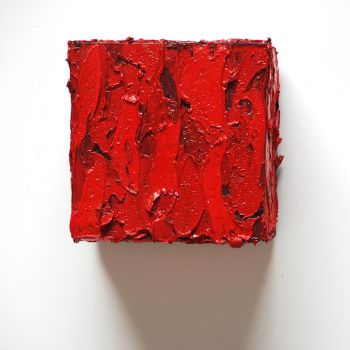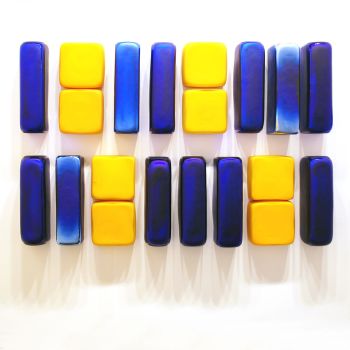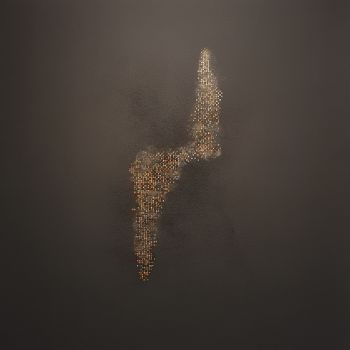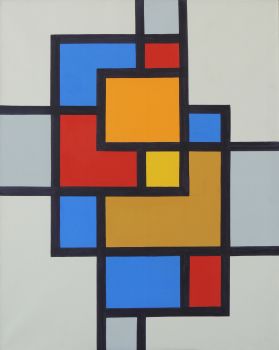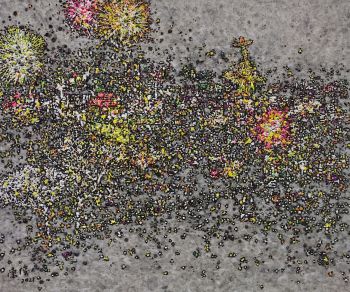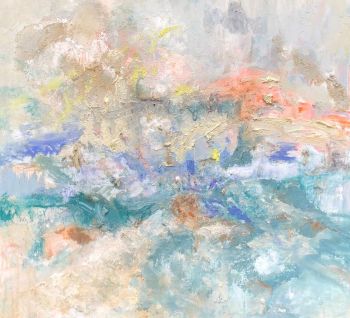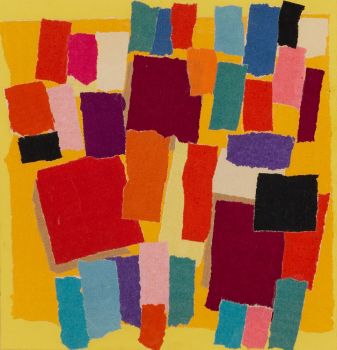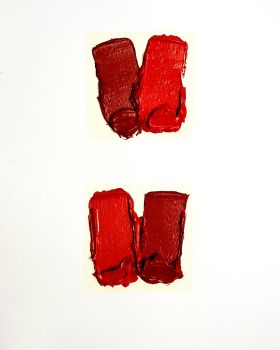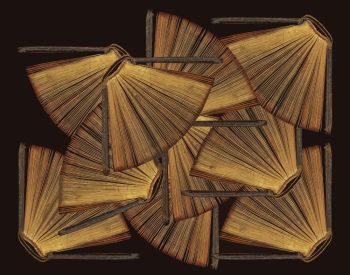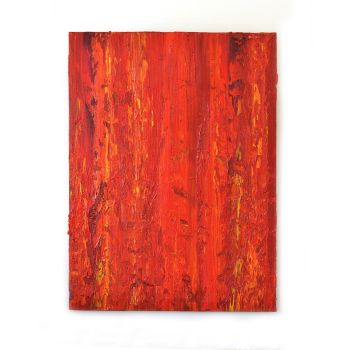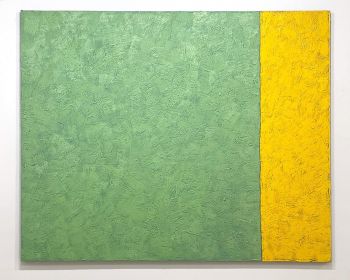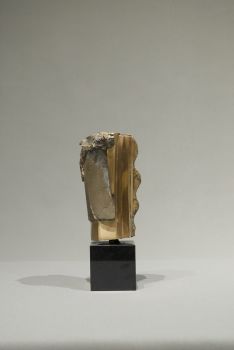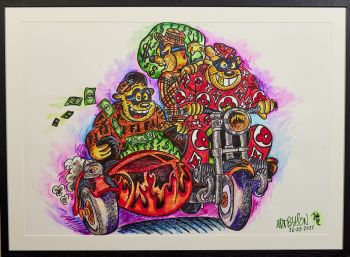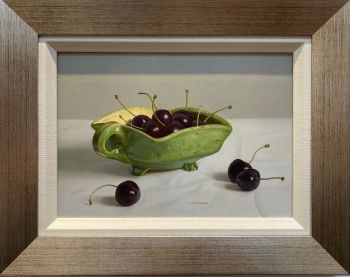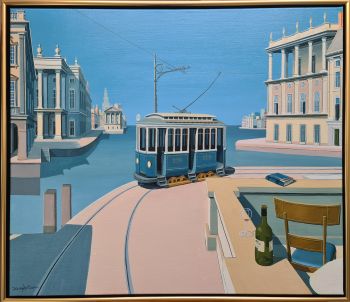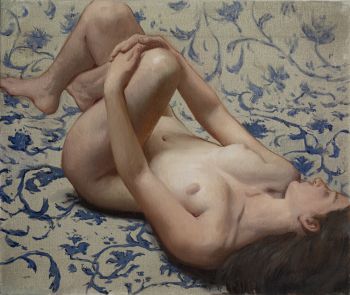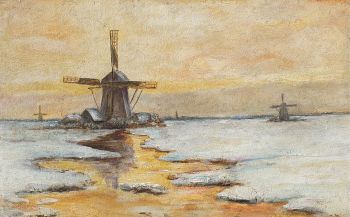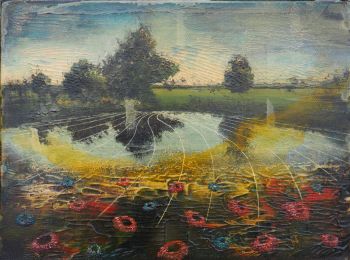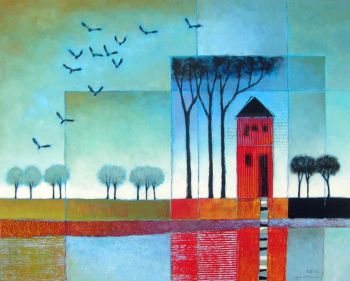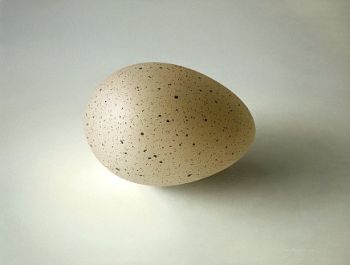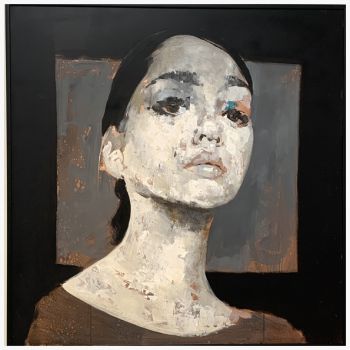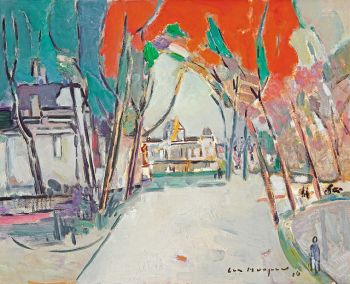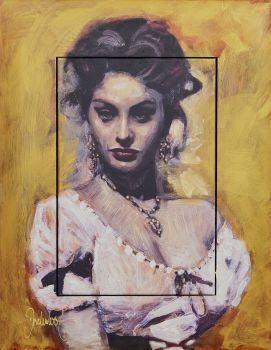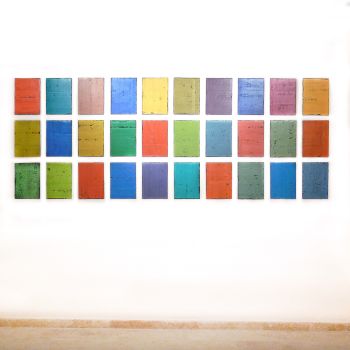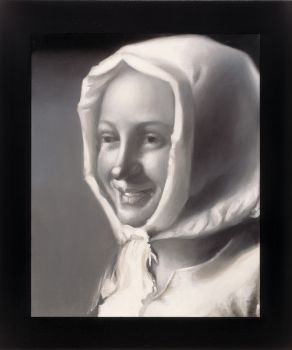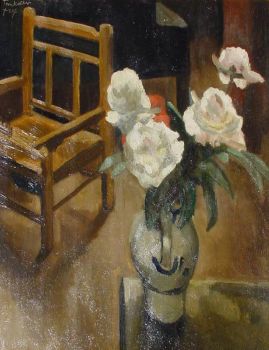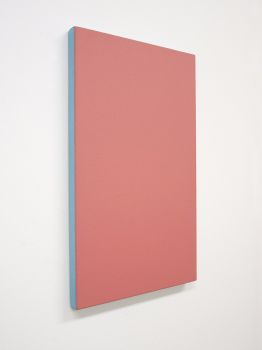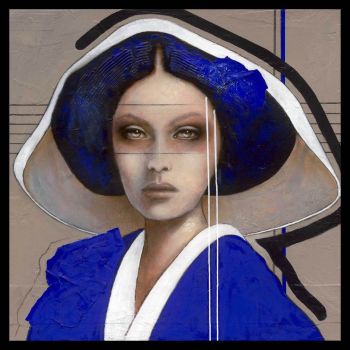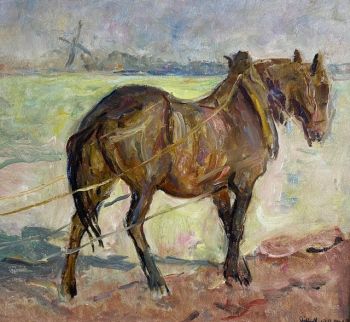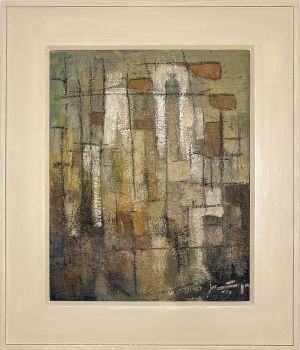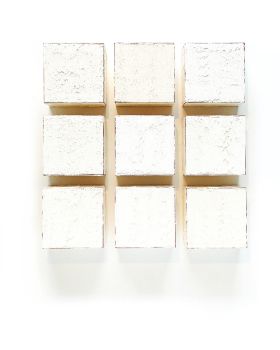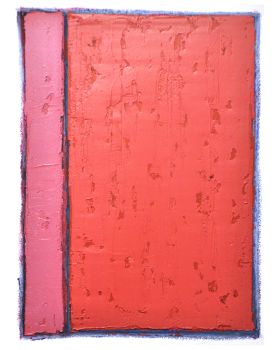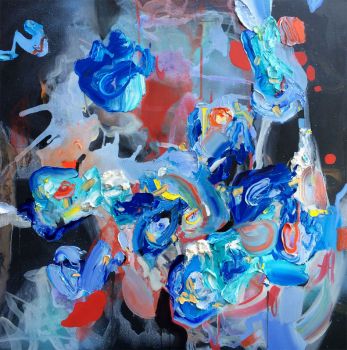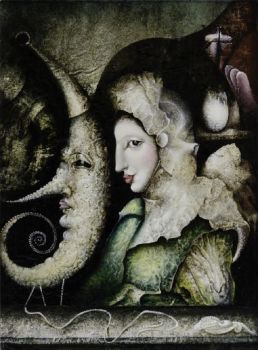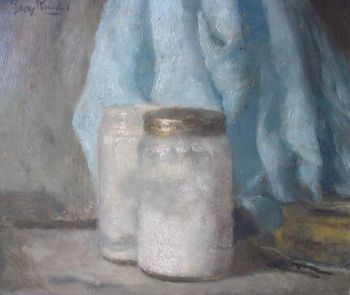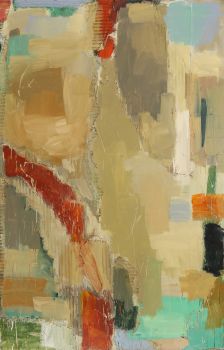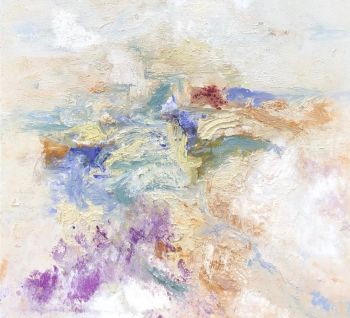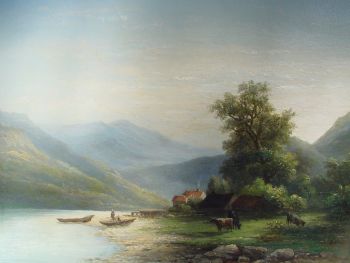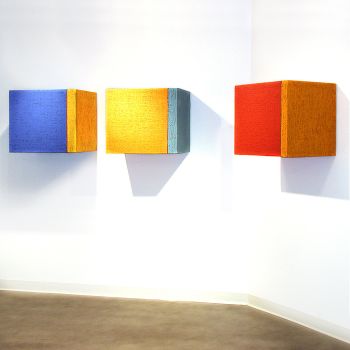Jan Cremer, his last work for sale
It is impossible to review all the highlights and scandals of the long career of the eighty year old writer and artist Jan Cremer in a short time. But in order to characterise the nature of Cremer's artistry correctly, a number of achievements have to be mentioned.
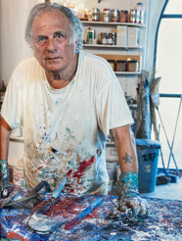
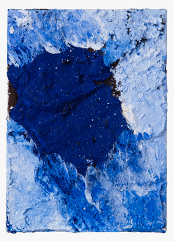
At the beginning of his career he often caused a stir with his statements. In 1960, for example, when he said on television: 'Rembrandt, who is that? I don't do sports' The Netherlands is upside down and that won't be the last time. Another example is that he presented a five-panel-painting with the title 'La Guerre Japonaise' during the exhibition 'The world is a Cremertorium' in the Hague Salon. The five-metre wide painting was for sale for an astronomical amount of 1 million guilders in that time! The provocation reaches the news in the world press and Jan Cremer's reputation had been established. In 2015 this painting was purchased by the Museum De Fundatie in Zwolle, where it can be admired together with his other early work.
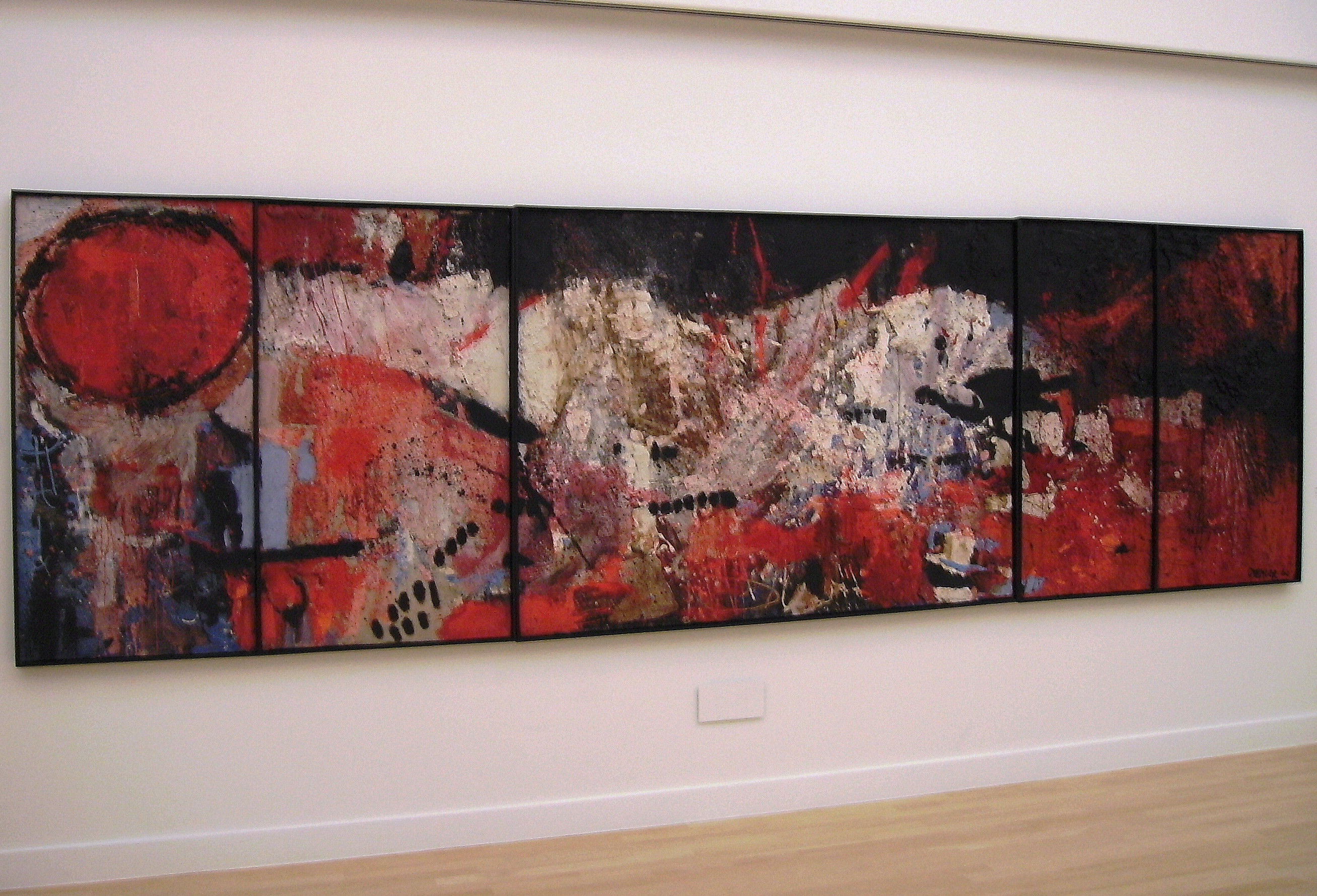
La Guerre Japonniase, 1960 by Jan Cremer in Museum De Fundatie in Zwolle
The publication in 1964 of his revealing book, 'Ik Jan Cremer' (I Jan Cremer), which was translated into more than thirty languages, added up even more to his reputation. Not only did it bring him international fame once again, but it also ensured that he would forever be seen as an 'enfant terrible', both in the literature and in the art scene. Two other parts of the book would follow, in which quite a few reputations in the Dutch art world got damaged, the books can be described as inexorable and frank. Cremer was a typical writer's writer in those first years of his writing career. Famous Dutch writers as Gerard Reve and Willem Frederik Hermans though appreciated his work.
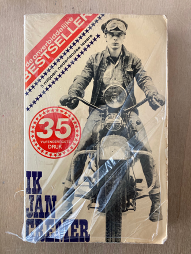
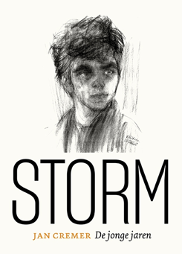
The covers of the books 'Ik Jan Cremer' (I Jan Cremer) and his latest book 'Storm'.
In 1957 he painted the first of a series of canvases in a way that would become known as 'peinture barbarism'. In Paris, in the Rue Santeuil where Karel Appel, Corneille and Bram Bogart had their studios, he deepens his knowledge of and experience with the subject matter and the treatment of paint. Especially Bogart's experiments are the basis on which he would develop further. Also during his stay in Ibiza in the early sixties he makes a large number of paintings and gouaches, showing what the 'peinture barbarism' can do. These are works in which Cremer, in the uninhibited manner of action painting, almost ejaculates the paint with wild strokes and the grand gesture. I paint like a barbarian in a barbaric era', he says in an interview, a statement that has been attributed to Karel Appel for years.



After the success of 'Ik Jan Cremer' he leaves for New York, which develops into the Mecca of post-war modern art. Here too Cremer makes himself heard. For instance, he makes a notorious tour with Jane Mansfield and stays for some time in the famous Chelsea Hotel, where he meets many other artists. His way of painting changes under the influence of American Pop Art. The colourful canvases he makes can be regarded as the Dutch version of this movement. They are tightly composed and show all the tourist clichés with which the Netherlands is known abroad; cows, tulip fields and farmer's wives. His American hot dog becomes almost iconic. See also the images below.
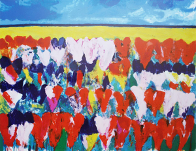
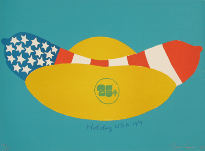
From 1970 Cremer combines disks and painting with countless journeys, often to inhospitable places. And although Dutch landscapes keep recurring, the steppes, deserts and mountain ranges of Siberia and Mongolia also become a source of inspiration in the course of his artistic career. So too are the southern French and Italian landscapes, particularly those of Tuscany and Umbria, where Cremer has a house and studio. The theme of war inevitably returns in his work as well. During this period the work can be seen in almost uncountable exhibitions at home and abroad. His epic 'The Huns' appears in which Cremer describes his years in Enschede. This is not something he is grateful for - and it was to be expected - in the former textile town. Some time later there is renewed commotion when the Cremer Museum planned in the Roombeek district is not realised.
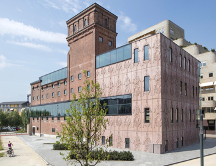
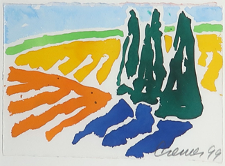
The intended 'Cremer Museum' and a screen print
From 2000 Cremer added the seascape to his landscapes. In his mind, the tempestuous images of the sea and the countless shapes it can take on appear. They are the residue of his experiences as a young sailor and of his stays on the Nauset peninsula in Massachusetts and Long Island, where he visited Willem de Kooning several times in his studio. Titles such as: 'Aurora II', 'New Foundland', 'Truro Sunrise' and 'Wellfleet Cape Cod' for example, are the grandiose representations of these nature experiences on the Atlantic coast of the United States. Cremer's material par excellence, remains the paint. The recent works in which the experience of Umbria's landscape mixed with paint has been recorded are also a manifestation of the revitalised 'peinture barbarism'. The impressions that Jan Cremer manages to evoke in the viewer of this work at the age of eighty are awesome and once again overwhelming.
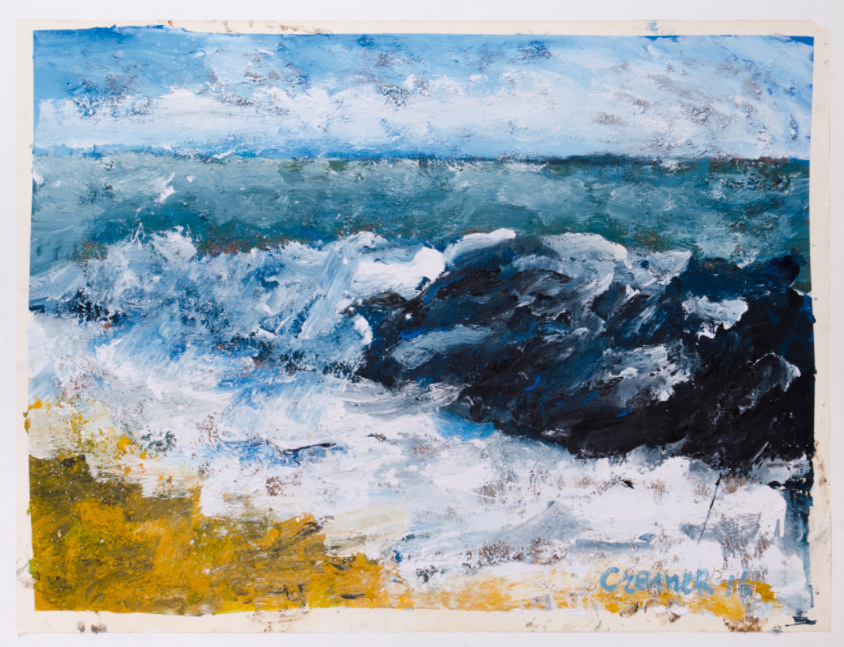
Wellfleet Cape Cod, 2014, Jan Cremer, 120x150 cm,
If you would like to see more of Jan Cremer's works that are for sale at Gallerease, please visit the Gallerease website here.
Written by Bert Kuipers, Kunsthandel Bert Kuipers


